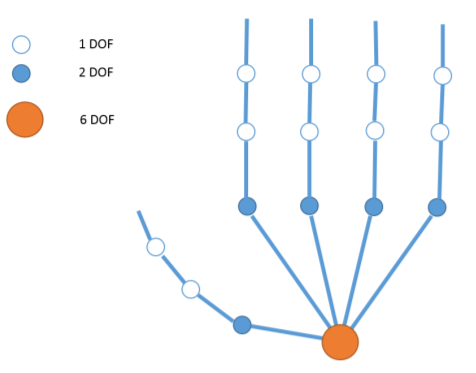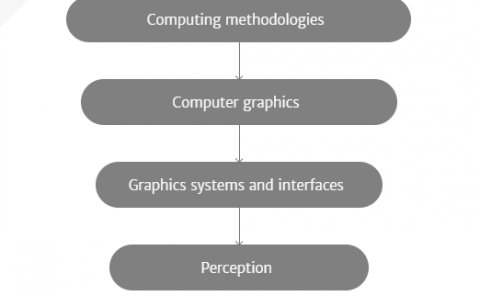Articulated Hand Pose Estimation Review
PubDate: Apr 2016
Teams: Columbia University
Writers: Emad Barsoum
PDF: Articulated Hand Pose Estimation Review

Abstract
With the increase number of companies focusing on commercializing Augmented Reality (AR), Virtual Reality (VR) and wearable devices, the need for a hand based input mechanism is becoming essential in order to make the experience natural, seamless and immersive. Hand pose estimation has progressed drastically in recent years due to the introduction of commodity depth cameras.
Hand pose estimation based on vision is still a challenging problem due to its complexity from self-occlusion (between fingers), close similarity between fingers, dexterity of the hands, speed of the pose and the high dimension of the hand kinematic parameters. Articulated hand pose estimation is still an open problem and under intensive research from both academia and industry.
The 2 approaches used for hand pose estimation are: discriminative and generative. Generative approach is a model based that tries to fit a hand model to the observed data. Discriminative approach is appearance based, usually implemented with machine learning (ML) and require a large amount of training data. Recent hand pose estimation uses hybrid approach by combining both discriminative and generative methods into a single hand pipeline.
In this paper, we focus on reviewing recent progress of hand pose estimation from depth sensor. We will survey discriminative methods, generative methods and hybrid methods. This paper is not a comprehensive review of all hand pose estimation techniques, it is a subset of some of the recent state-of-the-art techniques.

